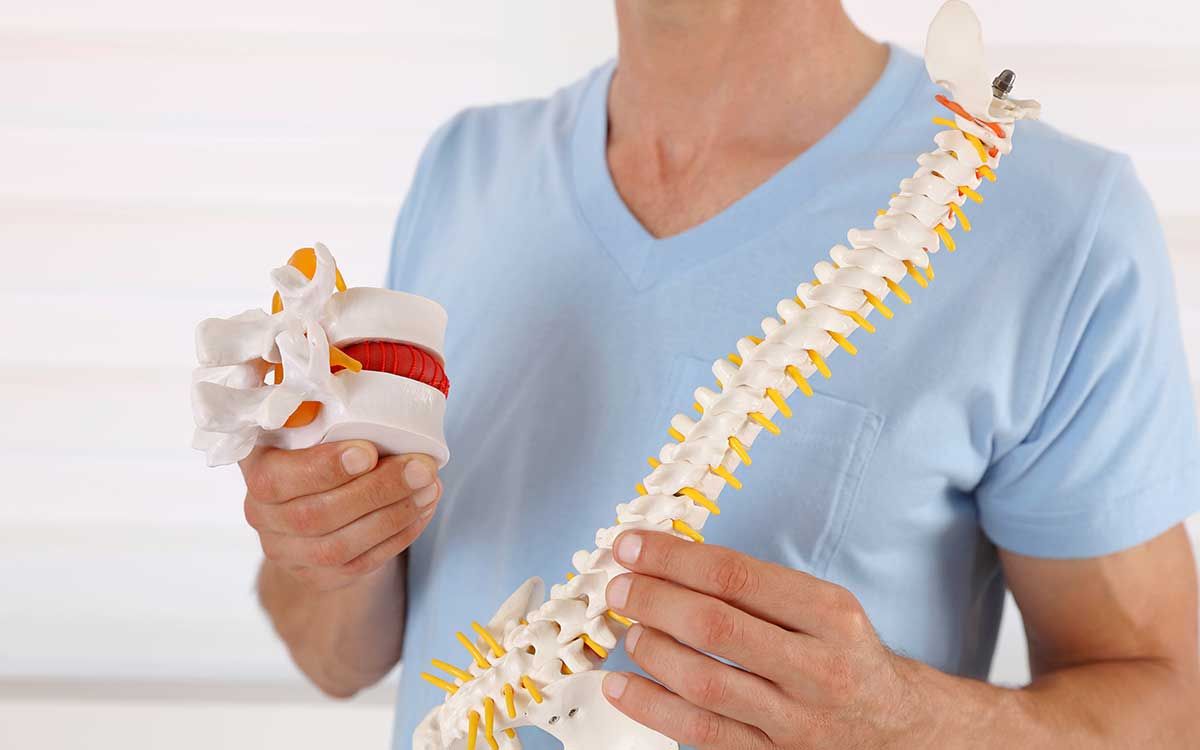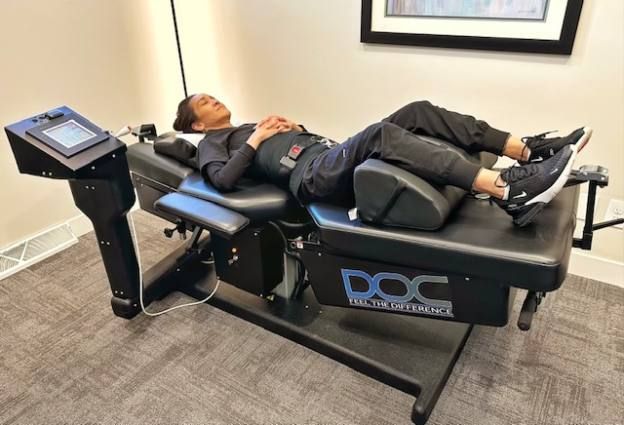Understanding and picking the right sock aid
Most of us do not even give a second thought about wearing socks because it is just a part of the daily routine. But for most elderly, especially those with little or limited range of motion and sore ...

By Modern60
Last Updated on,
May 15th, 2025

Spinal decompression therapy is an umbrella term for treatments that relieve pressure along one’s spine to reduce pain and discomfort. It is a non-invasive option doctors generally recommend for managing conditions like pinched nerves, sciatica, spinal stenosis, bulging, herniated, or degenerative discs. Those with these issues can consult a professional to check whether the therapy can help them. Let’s explore some benefits of spinal decompression therapy and what to expect during a session.
This therapy has several advantages, such as pain relief, quick recovery, and affordability.
Misaligned discs exert pressure on the nerves in the area, compressing them and causing a sharp, shooting pain that extends along the back and down to the legs. It also causes a sensation of tingling or numbness, which can be uncomfortable. Decompression therapy reduces the pressure by pushing the discs back in place. Over time, this decreases the pain, discomfort, and inflammation.
If the body responds well to spinal stretching and movement, decompression therapies can stop disc herniation from progressing. In doing so, they can reduce or eliminate the need for spinal surgeries, such as fusions or discectomies.
Instead of masking the pain with pain relievers or muscle relaxants, spinal decompression therapy targets the root cause of the issue. For instance, if someone has bulging discs, the therapy helps the discs retract back into their original position. This improves the nutrient flow and allows the body to repair damaged nerves while reducing pain and inflammation.

Spinal decompression therapies are excellent for those who want to treat neck and back pains with non-invasive procedures. There is no need to make incisions to insert tools into the body.
The therapy is considered safer than other surgical procedures. There are rare chances of severe spinal decompression therapy side effects. In some cases, people have complained of muscle spasms and shooting pains that run down the arms and legs.
Many avoid undergoing surgery as it has a lengthy recovery period. Also, there is no assurance of pain relief even after the procedure. However, spinal decompression therapy provides quick relief—sometimes even after the first session—and has little to no recovery time.
Surgery can be costly. It can also lead one to skip work during the recovery period, sometimes leading to a loss of income. Spinal decompression therapy helps avoid these problems with regular in-office procedures that do not require a specific recovery period.
Spinal decompression has helped improve spinal mobility, joint flexibility, and core strength among many individuals. These benefits help prevent future injuries.
The therapy uses traction to address the root cause of the problem, re-align the spine, and manage pain. Knowing what to expect during a session can help one prepare well. A chiropractic session typically involves the following:
The doctor first evaluates the patient’s medical history and performs a physical examination to assess their overall health. This helps the doctor determine if one is eligible for the therapy. Note that this treatment is not recommended for pregnant women and those with fractures, tumors, metal implants in the spine, severe osteoporosis, severe nerve damage, metastatic cancer, grade 3 and 4 spondylolisthesis, or a history of spinal surgery, fusing, or aortic aneurysms.
Once the doctor clears the patient for the session, they are asked to lie on a traction table. A harness secures them in position and is generally the only equipment used during spinal decompression therapy.
Now, the traction table is turned on. It gently stretches the back to readjust the spinal discs. The doctor decides the pressure, force, and duration depending on the severity of one’s condition. Generally, the treatment lasts 20 to 30 minutes. As the traction continues, the doctor asks the patient to relax and breathe deeply, which helps loosen up the joints.
Once the traction procedure is completed, the doctor may recommend additional therapies, such as heat or cold therapy, to minimize inflammation. They may also suggest some exercises or stretches to aid the treatment.
Depending on the advancement of one’s condition, multiple decompression therapy sessions may be required to see positive results. The doctor discusses these details with the patient at the end of the session.

The Editorial Team at Modern60 is a group of highly skilled professionals with diverse backgrounds in journalism, content creation, editing, and digital media. They bring a wealth of experience and expertise to ensure that every piece of content meets our strict editorial guidelines and quality standards. The team is dedicated to delivering accurate, well-researched, and engaging content across various subjects, including health, wellness, lifestyle, and current events. With their commitment to upholding the highest standards of journalism and content creation, the Modern60 Editorial Team is the driving force behind our mission to empower and inspire our readers.


Unlock expert insights and tips with our exclusive ebook. Enter your email to get your free copy.
Please check your email for a welcome message from Modern60. If it's not in your inbox, kindly check your spam or junk folder